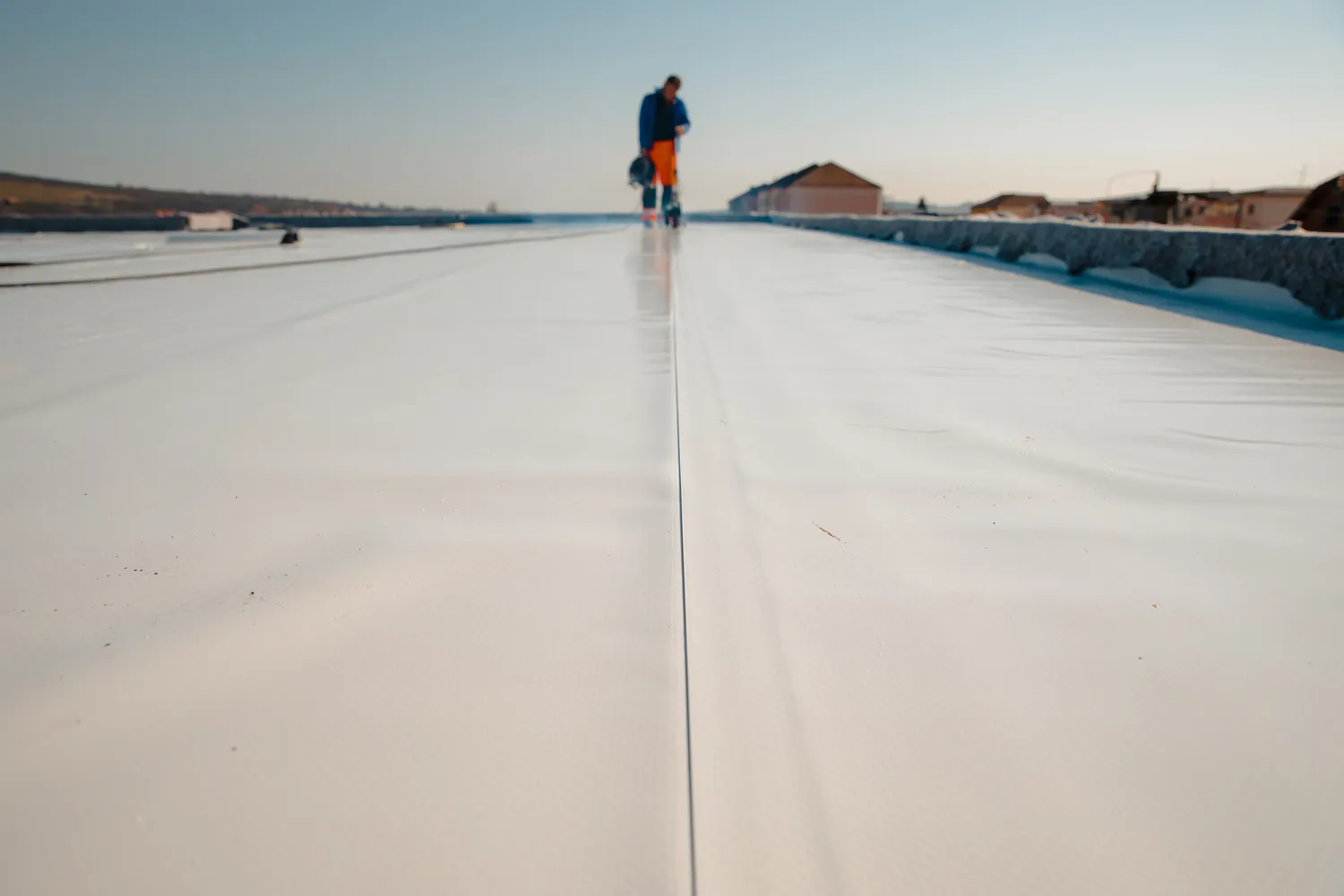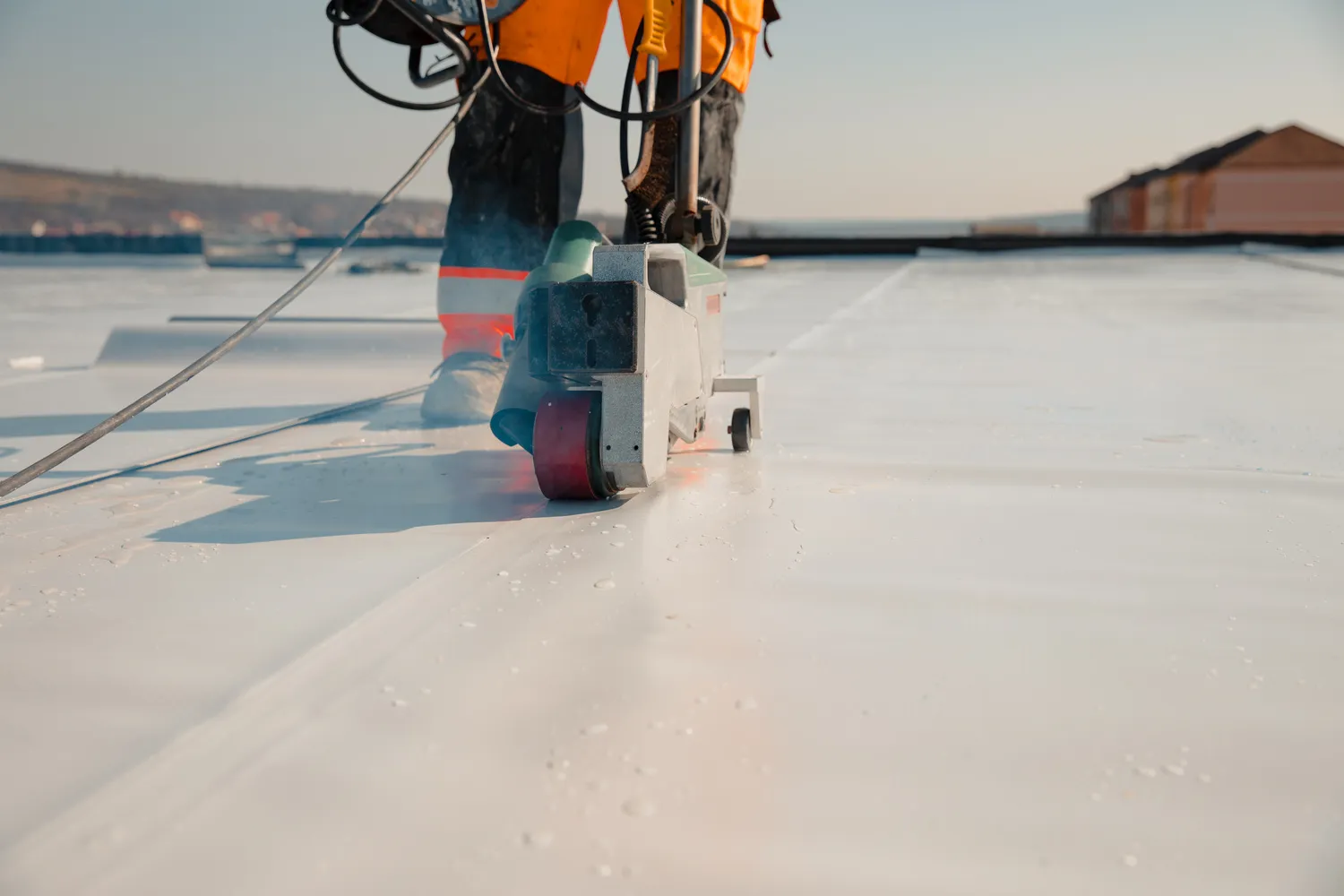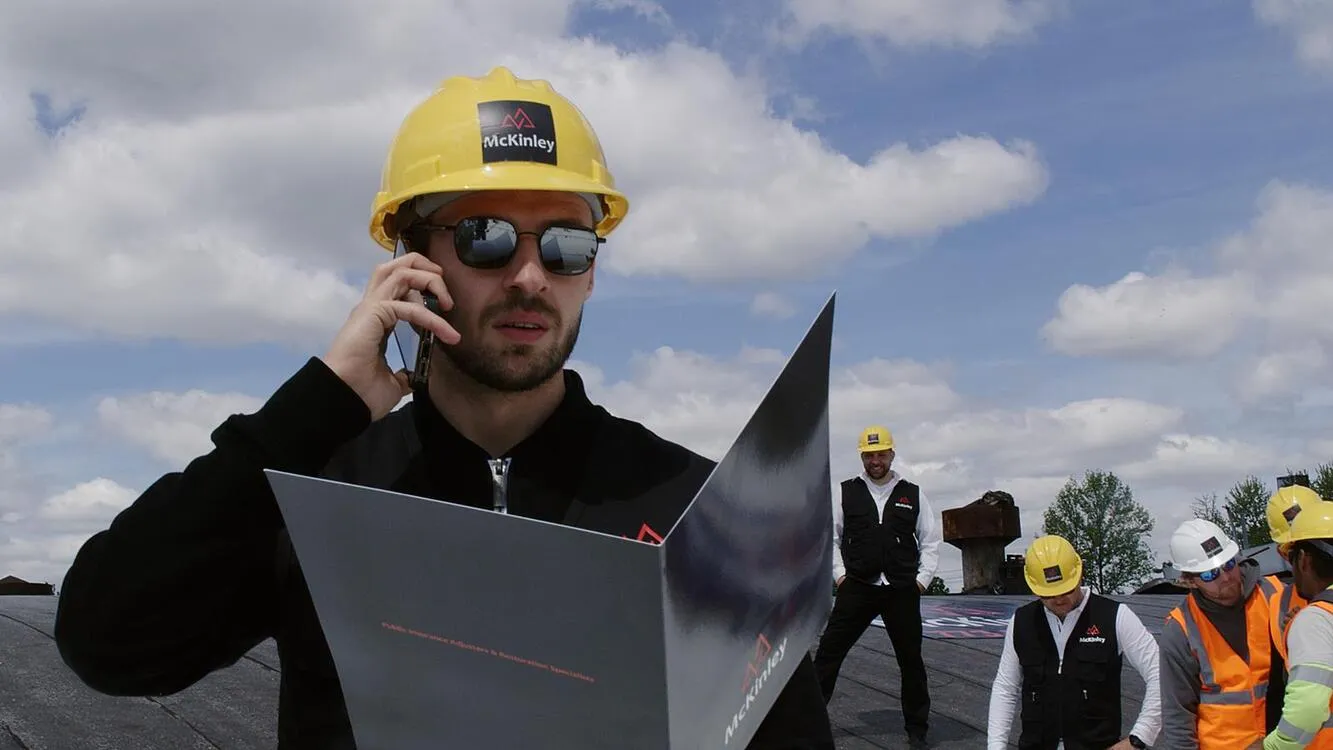January 20, 2024

How to Reseal a Flat Roof?
Flat roofing systems, common in commercial roofing, demand periodic maintenance to ensure longevity and prevent leaks. Resealing a flat roof is a critical aspect of this maintenance. This guide explores the professional approach to flat roof repair, specifically focusing on how to reseal a flat roof effectively.
- How to prepare for flat roof resealing? Learn some basic steps.
- How to make sure your roof is in good condition after the resealing? Let’s find out.
Understanding the Basics of Flat Roofing
Flat roofs, a staple in commercial roofing, differ significantly from sloped residential roofs. They provide an aesthetic and practical solution for large buildings. However, due to their minimal slope, flat roofs are prone to water pooling and damage, necessitating regular inspection and maintenance. Understanding these characteristics is crucial for effective resealing.
Inspecting the Roof
The first step in resealing a flat roof is a thorough inspection. Professionals look for signs of wear, tear, and water damage, such as cracks, blisters, and pooling water. This inspection determines the extent of repairs needed and whether resealing is sufficient or if more extensive repairs are required.
Cleaning the Roof Surface
Before any resealing can begin, the roof must be meticulously cleaned. This involves removing debris, dirt, and any existing loose material. A clean surface ensures that the new sealant adheres properly, providing a more effective and long-lasting repair.
Addressing Repairs
After cleaning, any necessary repairs must be addressed. This includes fixing leaks, patching holes, and repairing blisters. These repairs are essential to ensure that the resealing process is effective and that the underlying issues causing roof damage are resolved.
Choosing the Right Sealant
Selecting the appropriate sealant is critical in flat roof repair Chicago service. There are various types of sealants available, each suited for different roof materials and conditions. A professional roofer will choose a sealant that offers durability, weather resistance, and compatibility with the existing roof material.

Applying the Sealant
The application of the sealant is a meticulous process. It typically involves applying an even layer across the entire roof surface. Professionals use tools and techniques that ensure a uniform application, which is crucial for effective waterproofing and longevity of the repair.
Ensuring Proper Drying and Curing
After the sealant application, it’s essential to allow adequate time for drying and curing. This process can vary depending on the type of sealant used and weather conditions. Professionals understand the importance of this step to ensure the sealant forms a durable, waterproof barrier.
Regular Maintenance and Inspection
Once resealed, regular maintenance and inspection are vital to prolong the life of the flat roof. This includes routine cleaning, checking for damage, and addressing any issues promptly to prevent significant problems in the future.
Conclusion
Resealing a flat roof is a complex process that requires expertise, precision, and the right materials. Professional roofers follow a systematic approach, from inspection to application, ensuring the longevity and effectiveness of the repair. For commercial buildings with flat roofing Chicago installed, understanding and investing in proper flat roof repair and maintenance is crucial for protecting the structure and contents of the building. By following these professional methods, building owners can ensure their flat roofs remain in optimal condition for years to come.


